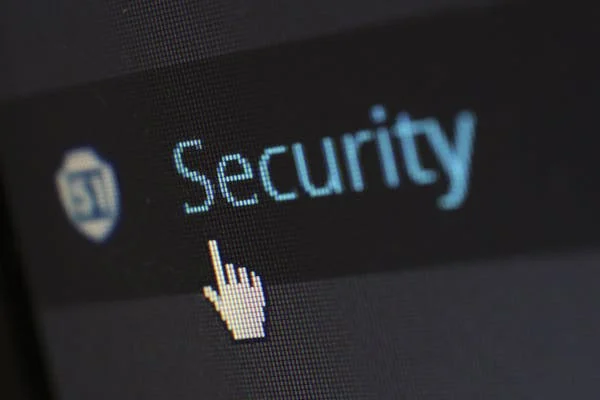Technological advancements today have provided modern business security with various asset and data protection schemes and redefined security functionality concerning managing personnel safety.
A typical modern business security system has shifted from conventional locks and guards to intelligent systems with contemporary innovations. These innovations also enhance business efficiency, control, and security.
Here are some of the most impactful technologies that have led to this transformation:
Advanced CCTV Technologies
Earlier, a security camera could just run and record the video for review later. Modern CCTV systems feature high-definition resolution, night vision capabilities, and a pan-tilt view.
They also incorporate motion detection, facial recognition, and even real-time video analytics that help detect a potential threat as it happens. These smart cameras will be helpful to corporations to nip a security challenge in the bud instead of playing a catch-up game.
Also, some improvements realizing secure cloud storage have enabled businesses to store surveillance footage in remote locations against any adverse physical conditions that may damage or hinder access to local storage.
Professional security companies, such as Mammoth Security, provide technical assistance in designing and implementing security tailor-made for particular business setups. They integrate these new-age technologies smoothly so the business has robust and reliable protections.
AI-based Threat Detection Systems
AI has been the very foundation of modern security. While AI systems scan enormous volumes of information to match aspects of abnormality to predict eventualities of breaches, the systems also act in real-time against any existing security attacks.
They can separate between regular activity and suspicious behaviors in a user’s eyes, thus providing fewer false alarms and ensuring that absolute risks are attended to as quickly as possible. AI is transforming threat detection from identifying cyber threats to physical security monitoring.
Predictive analytics is one central area of AI applications in security. When looking at the history of data, AI can find patterns that allow some level of risk to be predicted long before it manifests.
For instance, in the case of cybersecurity, AI tools can detect anomalies in network traffic that imply an impending attack. In physical security, an AI-enabled camera can immediately alert an operator of suspicious movement or behavior.
Integrated Security Networks
Integrating and synchronizing different technologies is the first step to attaining competent business security. With integrated security networks, achieving control from a central point is possible, combining several technologies from access control systems, video surveillance, intrusion alarms, and fire detection in one platform.
This holistic perspective ensures that all systems operate in coordination, thus significantly increasing the coverage and minimizing the risk that stems from discrete systems.
Such integrated systems are monitored and controlled from a centralized solution. When the intrusion device goes up, for instance, the system activates the nearest cameras to zone in on the area affected and notifies the appropriate personnel in charge. This allows for increased security and operational efficiency in that there is less intervention from responsible parties.
Cloud-Based Security Solutions
Cloud technology is revolutionizing the way businesses protect their security systems. Cloud solutions allow businesses to remotely monitor and control their security solutions, ensuring round-the-clock vigilance, even when off-site, and protecting crime scenes from undue physical tampering by providing a portal to add a backup of security footage and data.
The scalability of cloud-based systems is particularly appealing to companies of all shapes and sizes. Small firms with limited budgets can begin by implementing inexpensive alternative cloud-based robotic solutions, gradually upgrading their method to suit evolving needs.
Due to its flexibility, larger enterprises may use cloud technology to merge multi-site approaches to a single security solution. Combined with the notion that security, patching, and updates are done from centralized control points, cloud solutions are more instinctively suitable to react to incoming threats.
Overall Data Security Progressions
By digitizing businesses daily more and more, creating the basis for handling cybersecurity problems has become yet another excellent prerequisite to contend with. Other innovations that include end-to-end encryption, zero-trust security models, and advanced firewalls now enter the scene against the siege of cyberattacks. AI-driven cybersecurity tools are making it possible, too, to sense and spring into motion against attacks before they take effect.
Another one is SIEM systems. These solutions collect and analyze data from various sources, giving business owners one view of their security landscape. In addition, these devices utilize machine learning algorithms, which may help identify possible hazards and make an appropriate recommendation long before cybercriminals ever approach the doorkeepers.
Endnote
Modern business security prevails thanks to technological inventions offering more innovative, faster, and more effective ways to secure assets and data. These developments range from advanced CCTV systems and AI threat detection to integrated networks, helping businesses remain proactive against threats.
Companies can keep themselves secure by adopting these technologies and trusting professionals to install them. This means they can focus on their core business objective of making steady growth and success amidst an increasingly convoluted business arena.





